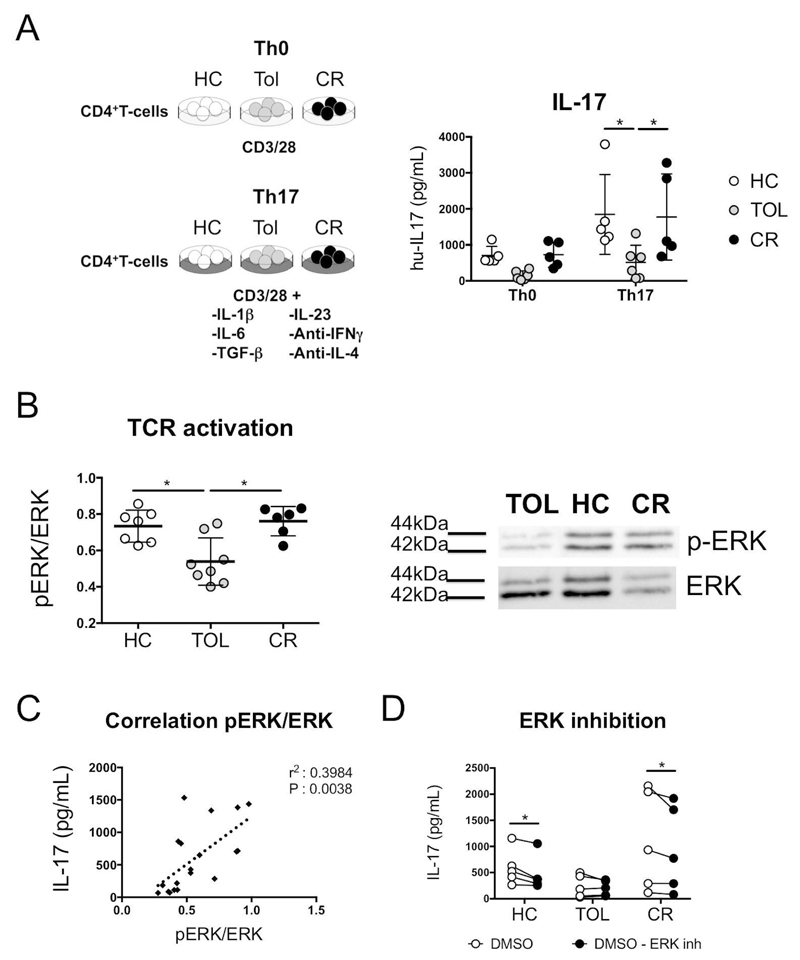Figure 3. Reduced TCR activation contributes to impaired Th17 polarization in tolerant recipients.
(A) IL-17 produced by 2x105 CD4+T cells from patients and healthy volunteers was measured following anti-CD3/28 activation (1:2 bead:cell ratio) in the presence or absence of a Th17 polarization cocktail (4ng/mL IL-1β, 20ng/mL IL-6, 5ng/mL IL-23, 5ng/mL TGF-β, 10μg/mL αIFN-γ and 10μg/mL αIL-4). Statistical significance was determined using RM 2-Way ANOVAs with Tukey’s multiple comparison tests. (B) ERK phosphorylation was measured in CD4+T cells following activation with 5ug/mL plate bound anti-CD3/28 for 10min via western blot. Statistical significance was determined using Kruskal-Wallis ANOVAs with Dunn’s multiple comparison tests. (C) The correlation between ERK phosphorylation and IL-17 production was assessed using a Pearson correlation test to determine statistical significance. (D) IL-17 produced by CD4+T cells activated with anti-CD3/28 (1:5 bead:cell ratio) in a Th17 polarization cocktail in the presence of ERK inhibitor (100ng/ml) or carrier DMSO was measured. Statistical significance was determined using RM 2-Way ANOVAs with Fisher’s multiple comparison tests. Statistical significance is denoted as follows: **=P<0.01 and *=P<0.05.

